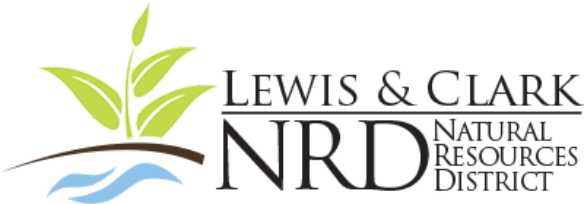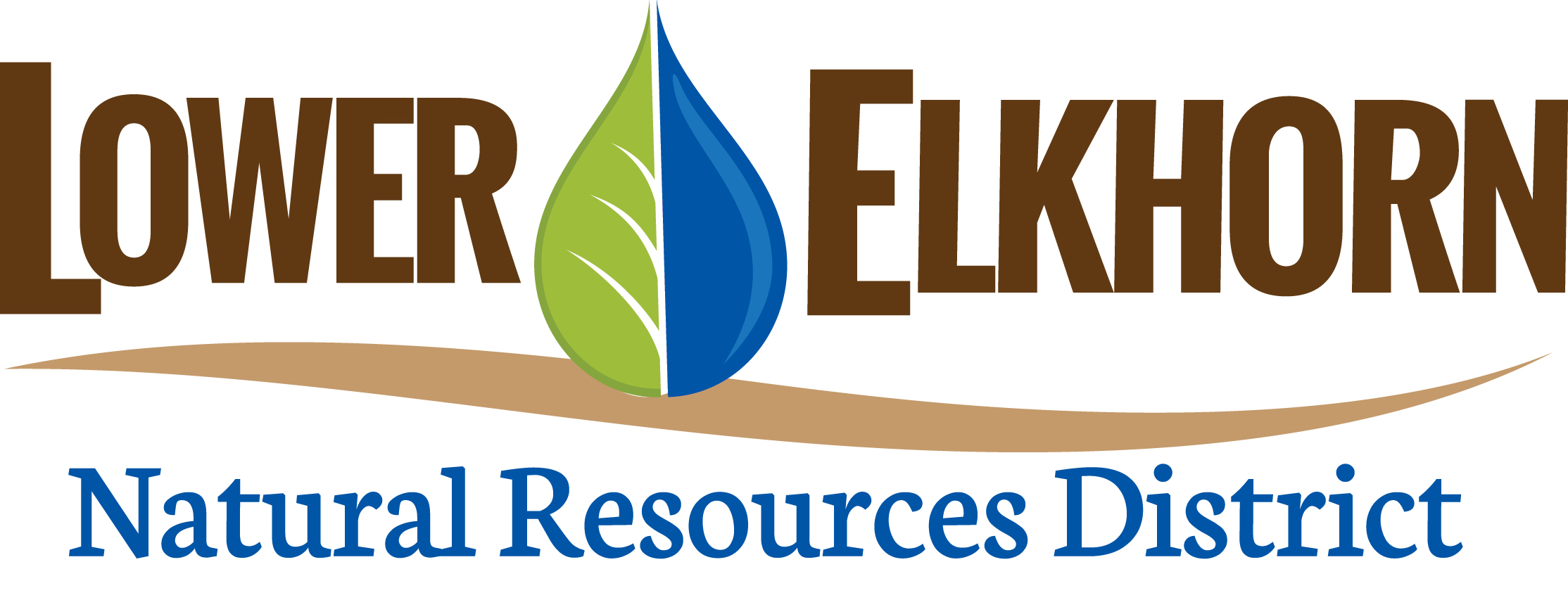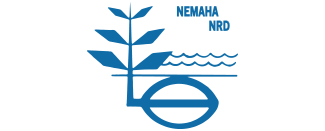Partners
Our NRD Partners Working Together for Sustainable Water Management
ENWRA’s innovative approach to water management in eastern Nebraska is driven by the collaborative efforts of six Natural Resource Districts (NRDs) and key partners. ENWRA’s mission of developing a comprehensive geologic framework and water budget for eastern Nebraska’s glaciated portion is made possible through the collaborative efforts of six Natural Resource Districts (NRDs): Lewis and Clark, Lower Elkhorn, Papio-Missouri River, Lower Platte North, Lower Platte South, and Nemaha. These NRDs, along with key partners such as the Nebraska Department of Water, Energy, and Environment (DWEE), Conservation and Survey Division, School of Natural Resources at the University of Nebraska-Lincoln, and the U.S. Geological Survey, form the backbone of ENWRA’s research and implementation. Together, they work towards a sustainable future for the region’s water resources, leveraging their expertise and resources to address the challenges of water management in eastern Nebraska. We hope to avoid the pitfalls of overdevelopment and improper management as well as provide lasting benefits to our mutual economic, environmental, and social interests in this region.

Lewis & Clark Natural Resources District
The Lewis and Clark NRD includes the eastern half of Knox County and the northern three-fourths of Cedar and Dixon Counties. Each of these counties Soil and Water Conservation Districts, along with the Antelope\Beaver Creek Watershed Districts and the Aowa Creek Watershed Project were combined into it.

Lower Elkhorn Natural Resources District
The Lower Elkhorn Natural Resources District (LENRD) serves the people in all or parts of 15 counties in Northeast Nebraska, and is governed by a 15 member Board of Directors elected by the people of the district. Much of the district’s funding comes from local property taxes. However, additional funds may be obtained from various state and federal sources.

Papio-Missouri River Natural Resources District
The Mission of the Papio-Missouri River NRD is to wisely Conserve, Manage, and Enhance our Soil, Water, Wildlife and Forest resources for the good of all people residing within the district’s boundaries

Lower Platte North Natural Resources District
The Lower Platte North Natural Resources District covers 28 communities and approximately 1,031,000 acres of land in east-central Nebraska. The district’s population is roughly 60,000, almost equally divided between urban and rural residents.

Lower Platte South Natural Resources District
The Lower Platte South Natural Resources District (LPSNRD) is comprised of a six county area of southeastern Nebraska, consisting of about one million acres and 350,000 residents. The Mission of the LPSNRD is to maintain a sustainable environment through the conservation of land, water and wildlife. LPSNRD is governed by a 21–member elected Board.

Nemaha Natural Resources District
The Nemaha Natural Resources District is a political subdivision of the State of Nebraska situated in the southeastern most counties of Nebraska. Boundaries for the eight-county District are based on the hydrologic boundaries of the Nemaha River basin. A 21-member publicly elected board of directors governs the District with help from a staff of about 18 full-time employees. State statute dictates 12 areas of responsibilities for NRDs, but each put differing emphasis on those areas. In the Nemaha NRD, flood and erosion control, soil conservation, water quality and quantity, and outdoor recreation are some of the key concerns.

Nebraska Department of Water, Energy, and Environment
The Nebraska Department of Water, Energy, and Environment (DWEE) is the result of merging two state agencies, effective July 1, 2025: the Nebraska Department of Natural Resources and the Nebraska Department of Environment and Energy.
This new department brings together our state's efforts in water management, energy policies, and environmental protection. While we transition into a unified online presence, please continue to use the legacy websites for current services and information.

Nebraska Environmental Trust
The Nebraska Environmental Trust is established to conserve, enhance and restore the natural environments of Nebraska. A prosperous future requires a sound natural environment. We must act dynamically, progressively and systematically to ensure bountiful and thriving natural resources.

UNL School of Natural Resources - Conservation & Survey Division
Our work focuses on the study of Nebraska to create a better understanding of the world around us and the scientific foundation needed for effective decisions. We provide scientific data and resources to the public and collaborate with federal, state, and local agencies, communities, and academia to assess the conditions and issues that affect Nebraskans.

U.S. Geological Survey
The USGS provides science for a changing world, which reflects and responds to society’s continuously evolving needs. As the science arm of the Department of the Interior, the USGS brings an array of earth, water, biological, and mapping data and expertise to bear in support of decision-making on environmental, resource, and public safety issues.

Natural Resources Commission
The Water Sustainability Fund (WSF) is a source of financial support to help local project sponsors achieve the goals set out in Neb. Rev. Stat. § 2-1506. The Nebraska Natural Resources Commission (NRC) oversees WSF operations including application review, scoring & ranking, and awarding funding to successful applicants. The Nebraska Department of Water, Energy, and Environment (DWEE) administers the WSF fund by initially reviewing the newly filed applications and forwarding those that meet minimum statutory requirements to the NRC. Once the NRC awards funding to a project, DNR enters into a contract with the project sponsor, receives and reviews reimbursement requests, disperses funds and monitors project progress. Of the annual funding appropriated by the Nebraska Legislature, ten percent is designated by statute for projects separating storm and sewer water. The NRC also reserves ten percent for projects requesting $250,000 or less.
WSF applications are filed electronically between March 16th and 31st each year. The applications are typically reviewed during the second quarter with final determination made on each application during the third quarter.